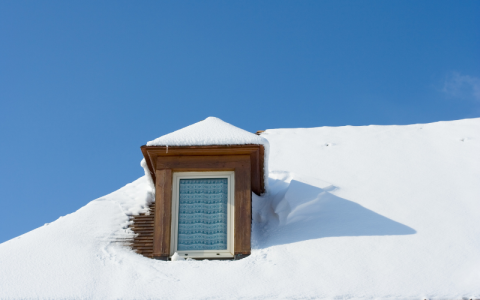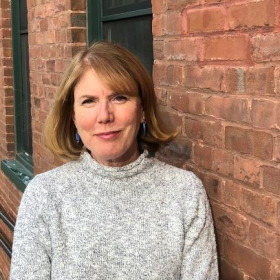
Administration proposal lays groundwork to improve home affordability, lower energy costs, and reduce greenhouse gas emissions across Vermont
Energy and housing leaders applauded Governor Phil Scott’s announcement today in his budget address to invest $25 million in weatherization, which will be leveraged to generate $68 million for projects across the state. Especially for low- and moderate-income Vermonters, weatherization makes housing more affordable by improving the energy efficiency of a home or building. The result is improved health of residents, greater comfort from cold and heat, reduced energy costs, and lower carbon emissions.
A significant portion of the investment – $16 million – will go to the Vermont Housing Finance Agency (VHFA) for the purposes of supporting low- and moderate-income Vermonters, both homeowners and renters, with high energy burdens.
“We are grateful to Governor Scott for making this significant investment in home affordability through weatherization,” said Maura Collins, Executive Director of VHFA. “This proposal will make a meaningful impact for thousands of families for years to come. VHFA intends to maximize the use of these State dollars, and seek additional federal monies, to invest in communities across Vermont. By working with our weatherization partners on the frontlines, VHFA can deploy flexible funding to make home improvements quickly and effectively, support small contractors, and lift up our neighborhoods, especially in rural areas of Vermont.”
“We applaud Governor Scott’s proposal – it’s a game-changer for weatherization in Vermont,” said Neale Lunderville, President & CEO of VGS (Vermont Gas), and a champion of weatherization to reduce carbon, increase savings, and create greater equity for all Vermonters. “This proposal is innovative, actionable, and sets the framework for future funding opportunities. All Vermonters, regardless of their socio-economic status, deserve an affordable, comfortable and healthy home, and weatherization is a way to achieve greater energy equity in our state. Weatherization improvements have the added benefit of increasing home values that, over time, will help more Vermonters build wealth.”
The Governor’s proposal, in part, grew out of work initiated by the Energy Action Network (EAN) as part of its 2020 Annual Summit, which challenged collaborative teams to explore creative solutions to tough energy challenges, including weatherization at scale.
“I’m very proud of the groundbreaking work by our EAN members,” said Jared Duval, EAN Executive Director. “Today’s announcement will allow us to make meaningful progress toward Vermont’s emissions reduction commitments while investing in a more equitable energy future.”
Lunderville added: “Our weatherization ideas are the product of many hands over the past five months. I want to thank the weatherization team members for their hard work and dedication to this important initiative for low- and moderate-income Vermonters. There’s a lot of work ahead and we’ve got a strong team to keep our momentum strong.”
In addition to the EAN members quoted above, groups participating in the EAN weatherization team included Efficiency Vermont, Energy Futures Group, NeighborWorks of Western Vermont, Regulatory Assistance Project, Vermont Natural Resources Council, Vermont Public Power Supply Authority, environmental groups, health care organizations, legislators, and individuals with expertise in energy finance, environmental law, and other disciplines.

